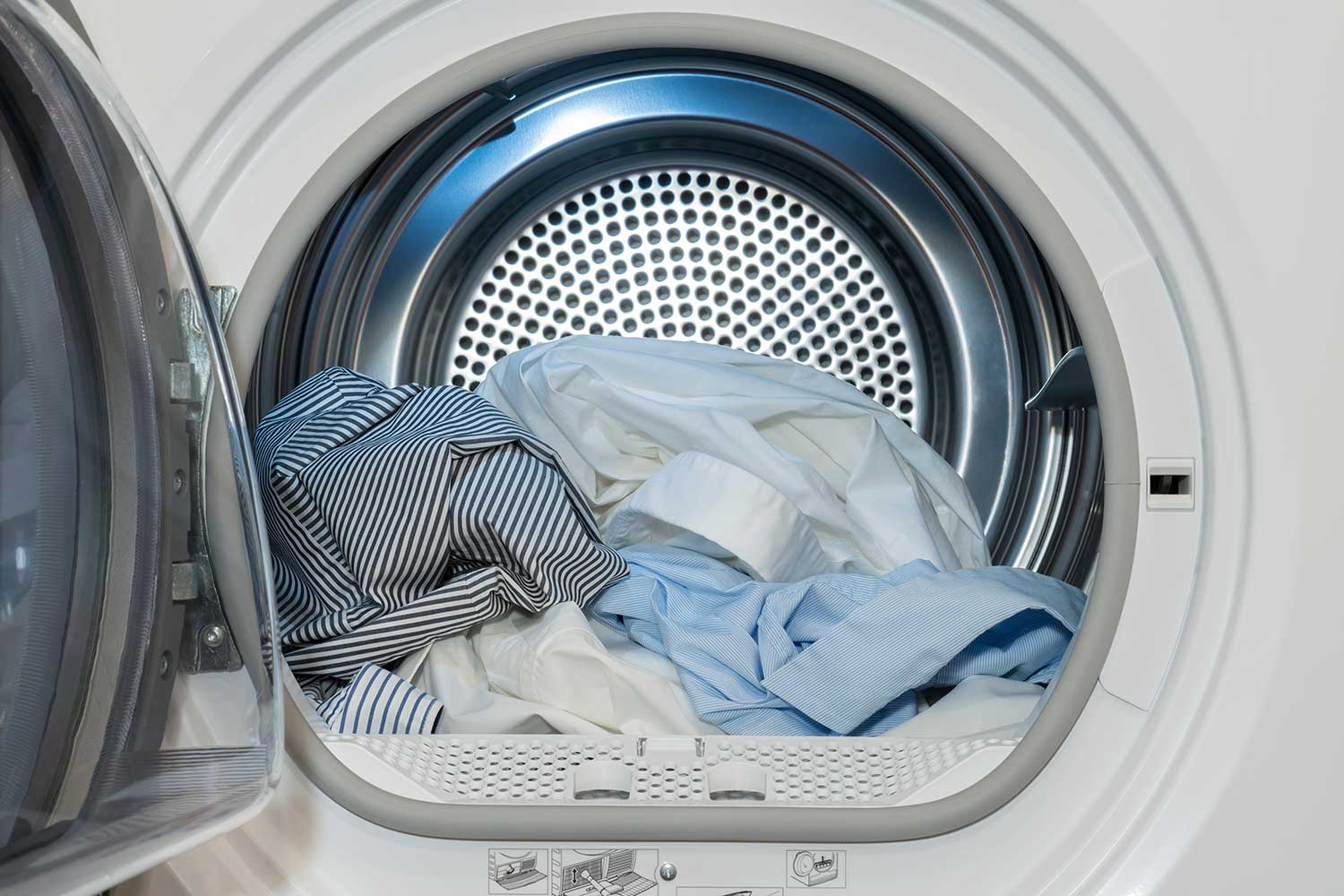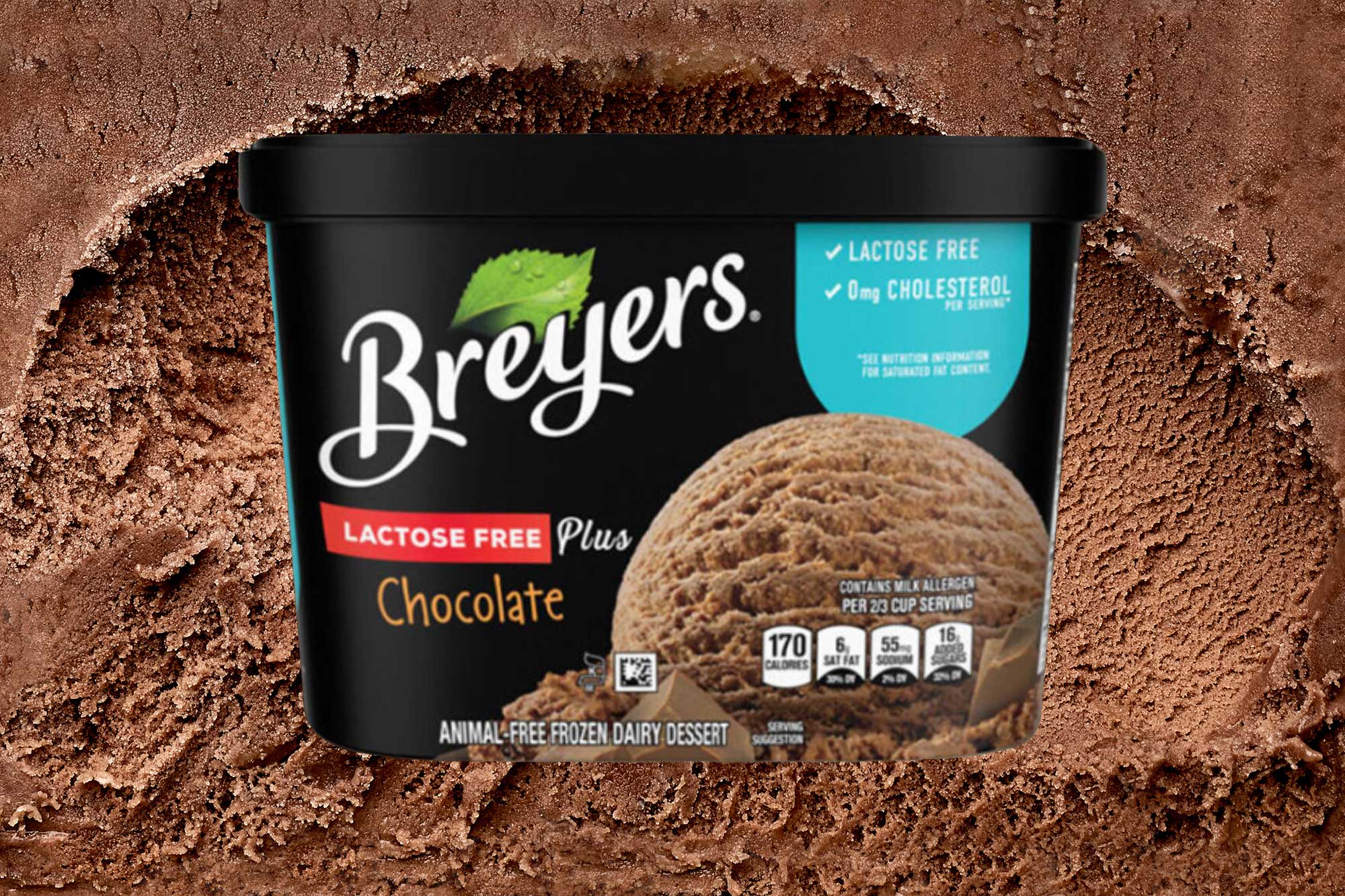Hey team, and welcome back to one5c! Last Thursday, the Florida state senate approved a bill to criminalize the sale or manufacture of lab-grown meat. Knowing the massive climate impact of livestock, it yucked my yum particularly this week because lab-cultivated goodies are having a delicious moment. It’s ice cream time, and Sara Kiley’s got a tasty little explainer on a new Breyers flavor that’s got all the dairy, but none of the cow.
I hope you’re as enticed as I am to grab a spoon. —Corinne
WHAT WE’RE INTO THIS WEEK
By Sara Kiley Watson & Corinne Iozzio

Home upgrade
New standards for washers and dryers
Laundry accounts for 8% of a home’s energy bill, according to the Energy Information Administration. New efficiency standards rolled out by the Biden administration last week will require new top-loading washers to sip 11% fewer electrons, front-loading ones to dip by 9%, and dryers to cut their draw by 40%. The Department of Energy estimates that the new rules, which will go into effect in 2028, will cut 71 million metric tons of carbon dioxide emissions over 30 years—equivalent to taking 15.8 million cars off the road for a year. The move comes after a late-January update to the efficiency rules for stoves and fridges. Next up: dishwashers.
Greenwatch
Shell’s greentech ‘startup’ is still Shell
Looking at tech startup Onward’s site might not throw up any immediate red flags. After all, it’s just a clean, pretty website full of blurbs about “relentless innovation” toward “low-carbon energy systems that work.” Sounds like an incubator for something like solar or smart grids, right? Nope. Thanks to a recent deep dive from Drilled and The Guardian, we know that Onward is simply a rebrand of Studio X, Shell’s last attempt at an “innovation studio.” First publicized in 2020, Studio X has always been a venture to “develop and scale up new techniques to explore for oil and gas,” Shell reps told Drilled, so don’t let its makeover fool you. To actually do something about climate change is going to take a radical shift away from gas and oil.
Cause for optimism
Better solar panels, built on the double
When it comes to solar, silicon is the go-to, but it’s imperfect. Panels made with the material tend to be heavy, and they’re time-consuming and costly to make. Engineers have long looked to a broad class of compounds called perovskites as a cheaper, easier-to-make, and more flexible alternative. Last week, a team at MIT published a method that could help them work at scale. Their findings overcome perovskites’ biggest shortcoming: that panels made with the compounds break down in a matter of months, while silicon-based ones can last decades. “This paper is essentially revealing a guidebook for how to tune surfaces, where a lot of these defects are,” study author Dane deQuilettes told MIT News.
Accountability check
USDA’s ‘climate smart’ farming list isn’t the brightest
The food system, which is responsible for around 10% of U.S. emissions, is one of the most important—and complicated—places for improvement when it comes to decarbonization. Farmers need useful advice (and moolah) to get there, which is what the Department of Agriculture’s Environmental Quality Incentives Program (EQUIP) is meant to provide. The initiative spent $5.5 billion between 2017 and 2022. A new Environmental Working Group report, however, has found that around 60% of that money often goes toward recently added, unproven, and sometimes straight-up harmful practices. For example, the program funneled $252 million into animal waste storage facilities, which are a known source of polluting runoff.
Mic-drop climate stat

The difference in annual operating costs between the “greenest” car (the Toyota Prius Prime SE) and the “meanest” one (the Mercedes-Benz AMG G63), according to new rankings from the American Council for an Energy-Efficient Economy. And the Prius costs $151,025 less.
Consume this
The guilt-free scoop
By Sara Kiley Watson

There are few things as wonderful as a hearty scoop of ice cream—especially when chocolate is involved. After all, chocolate is America’s second favorite flavor right after vanilla. But for those of us who take our scoops with a side of climate-consciousness, ice cream has a less scrumptious side. Milk and cream have a pretty hefty impact on the planet: One glass of moo juice has about the same emissions footprint as driving 2.5 miles.
Of course there are plenty of nondairy options made from alternatives like coconut to oat milk, but they don’t match the “real” stuff in flavor and consistency. But this could all change soon. Breyers is rolling out a chocolate ice cream made with “animal-free” dairy. If that sounds like an oxymoron, allow us to explain…
What is ‘animal-free’ dairy?
Instead of making ice cream with one of the many alt-milk options, Breyers partnered with the startup Perfect Day, who specializes in nondairy dairy. They use a technique called precision fermentation to create whey protein—the same one that occurs naturally in milk. It works like this: Genetically coded microorganisms hang out in tanks of sugary broth. While they soak in that nutrient-filled tub, they ferment the sugars, and their modified genetic code helps them spit out something nearly identical to natural whey. This protein is then processed into a powder that food companies can mix into all sorts of dairy products. Precision fermentation isn’t exactly new: We’ve been consuming products made by this method for decades in the form of vitamins, vanilla flavoring, cheese, medicine, and more.
Compared with traditional whey production methods, a 2021 life-cycle analysis found that this process reduces water consumption by up to 99%, greenhouse gas emissions by up to 97%, and energy demand by up to 60%. According to Perfect Day, if Americans switched from cow dairy to their animal-free product, we could knock off 246 million tons of greenhouse gas emissions, the equivalent of up to 28 million homes’ yearly energy footprint.
Is this the first ice cream like this out there?
Breyers isn’t the first brand to tap Perfect Day’s whey—Brave Robot ice cream started using it several years ago—but it is certainly the biggest. The 150-year-old ice cream brand is part of Unilever, one of the world’s largest consumer products groups, which owns names like Ben & Jerry’s and Hellmann’s. While this might be your first time hearing about whey protein ice cream, it’s certainly not the first time you’ve heard of Breyers. In 2022 alone, Breyers made around $498.43 million on ice cream.
The market for dairy-free products is expected to surpass $65 billion by the end of the decade and analysts also expect a boom in demand for precision fermentation, so it’s the perfect time for legacy ice cream companies to make their moo-ve. Who knows, maybe next we’ll get ahold of some nondairy dairy Ben & Jerry’s Half Baked (a girl can dream, can’t she?).
Quitting fossil fuels also means taking a big step away from plastic. Check out one5c‘s complete guide to plastic pollution to learn how.
